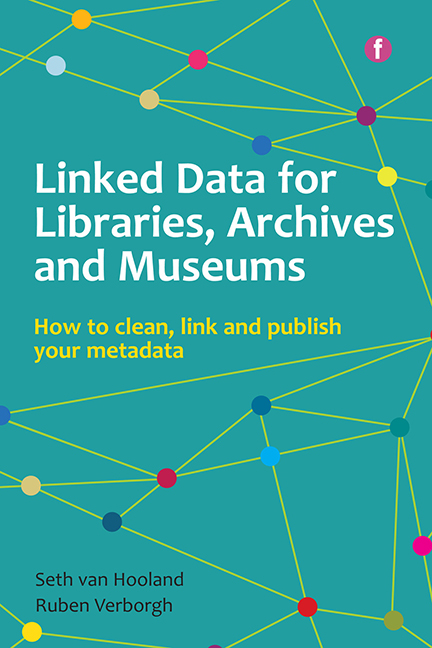Foreword
Published online by Cambridge University Press: 10 September 2022
Summary
Never before has so much of our global cultural heritage been at our fingertips. Yet as billions have been spent so far on digitization, both public and private, it still feels as though we are in the very earliest stages of what might be possible. Truly usable and intuitive interfaces notwithstanding, there is still much to do in terms of simple search and discovery tools across multiple collections.
Two of the datasets that feature as case studies in this book are from institutions where I’ve led the teams responsible for their public release. One, the Powerhouse Museum, was a large and comparatively well resourced state institution, with a long history of rigour, excellence and computer-based documentation amongst its cataloguing and registrar departments; and the other, Cooper-Hewitt, a small historic house museum, whose collection still is best documented on cards dating from the mid 20th century. Even when those two institutions held versions of the same object, such as the seminal Aeron office chair, the two corresponding documentary records could not have been more different in detail and perspective. But at the end of the day, the future of both these institutions lies in what they can do with those records and what can be built upon them now and in a hundred years’ time. In making these datasets publicly available, downloadable and accessible through simple well designed APIs, both the Powerhouse and Cooper-Hewitt had to embrace an acceptance of the incompleteness of their digitization and cataloguing efforts. I’ve previously described this as ‘institutional wabi sabi’, referencing the Japanese aesthetic of imperfection as beauty and applying it to organizational strategy and practice.
This book is a much-needed guide to the ‘how’ of getting more from those collections that form the backbone of libraries, archives and museums, even if the galleries are now being filled with blockbuster ‘experiences’, and the stacks replaced with internet terminals and comfortable lounges. In fact, as our knowledge institutions increasingly become places of memorable social ex-periences and interactions, the importance of collections having greater exposure, access and life to those outside the ‘building’ is ever more critical.
- Type
- Chapter
- Information
- Linked Data for Libraries, Archives and MuseumsHow to clean, Link and Publish your Metadata, pp. xiii - xivPublisher: FacetPrint publication year: 2015

